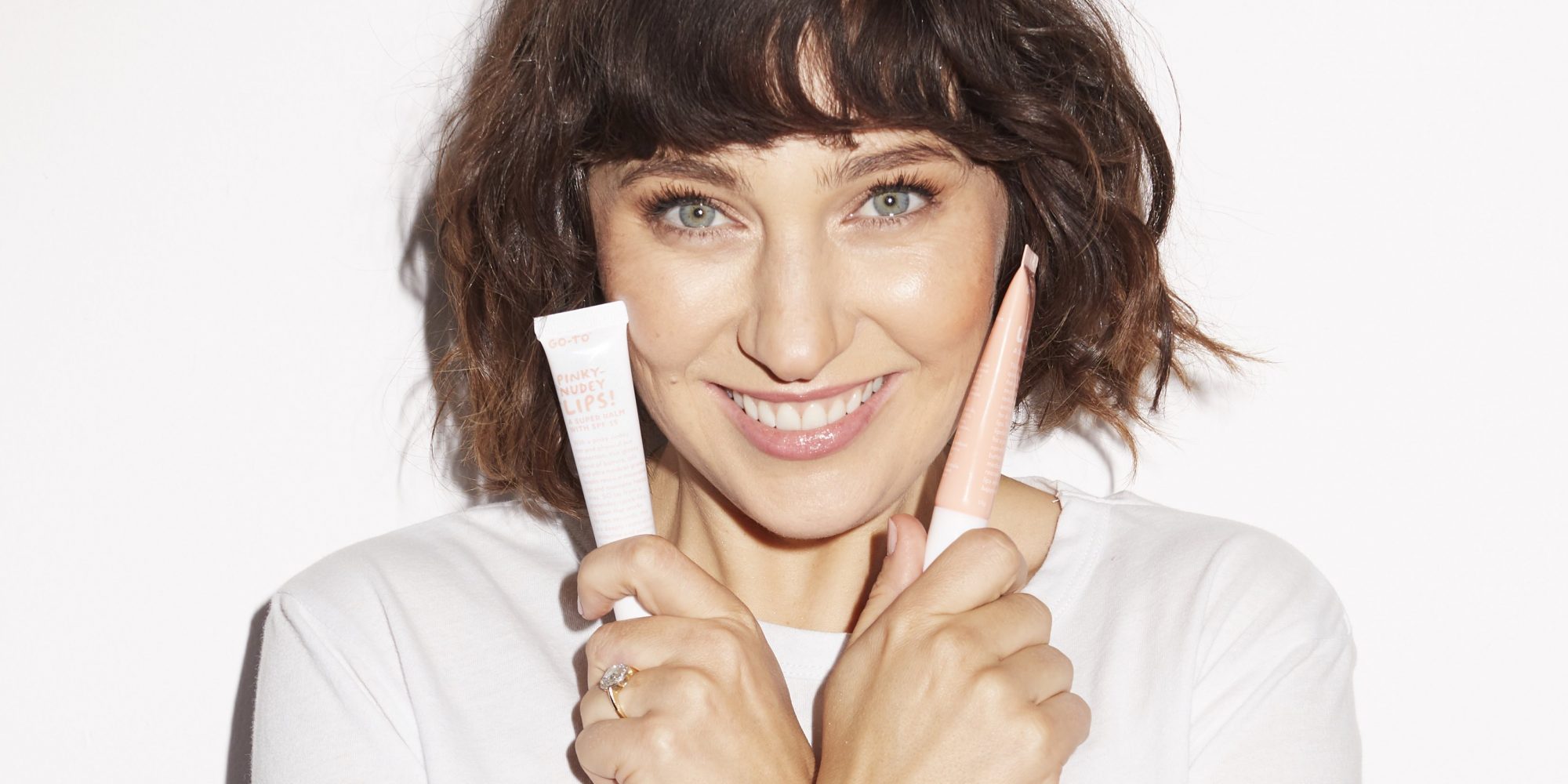
Can Go-To Founder Zoë Foster Blake, Australia’s Most Relatable Working Mum, Win Over American Consumers?
Bridie Jabour, opinion editor at Guardian Australia, admitted to paying $350 for a massage because Zoë Foster Blake recommended it. “I say this not to foreshadow some kind of imagined special bond with Foster Blake, or to confess to being in her thrall, but to demonstrate her clout,” she wrote in a profile of the former beauty director of Cosmopolitan and Harper’s Bazaar, dating columnist, author of nine books and founder of skincare brand Go-To. Indeed, Foster Blake, a known quantity in her native Australia with a growing presence in the U.S., where her products are sold at Sephora, holds sway over a remarkable number of women who are generally advisors, not advisees.
Her ability to be equal parts charming and crafty (Elle Australia described her as “smooth like George Clooney”), awareness of her influence that doesn’t extend to absorption, openness about her outwardly ideal relationship with comedian husband Hamish Blake (shockingly, sexy time can be a struggle after two kids), and pop-culture fluency (she suggests “Russian Dolls” if you’re having a Netflix and chill night) are undeniably appealing. However, Foster Blake isn’t above reproach. A tinted version of Go-To’s Zincredible SPF moisturizer faced backlash for coming in only one shade, making her seem more human as she grappled with human diversity. In a wide-ranging discussion with Beauty Independent last week following a Sephora meeting in San Francisco, Foster Blake touched upon the tinted moisturizer uproar, Go-To’s retail launches, expectation of newness in the beauty industry, the importance of sustainability, and the difficulty of being simultaneously a mum and budding skincare mogul.
What statement did you want to make at the outset of your brand five years ago?
The keyword would be uncomplicated. This was a brand that would make you feel competent and feel confident in looking after your skin. I knew that women were confused by skincare, but they wanted in on it. I wanted to give them an avenue to have fun. I’ve always had that friend relationship with people who read my stuff, to hold their hand and go, “Hey, you don’t need all that. All you really need is a cleanser that’s going to do something, a moisturizer and a lip balm. I wanted the essentials because I think too much choice is crippling. I avoided retail because I think, when you’re faced with a giant wall of really good products, and you’re making a decision by yourself, you need guidance and advice. We have a strong education slant. Our key pillars are surprise and delight, educate and nurture.
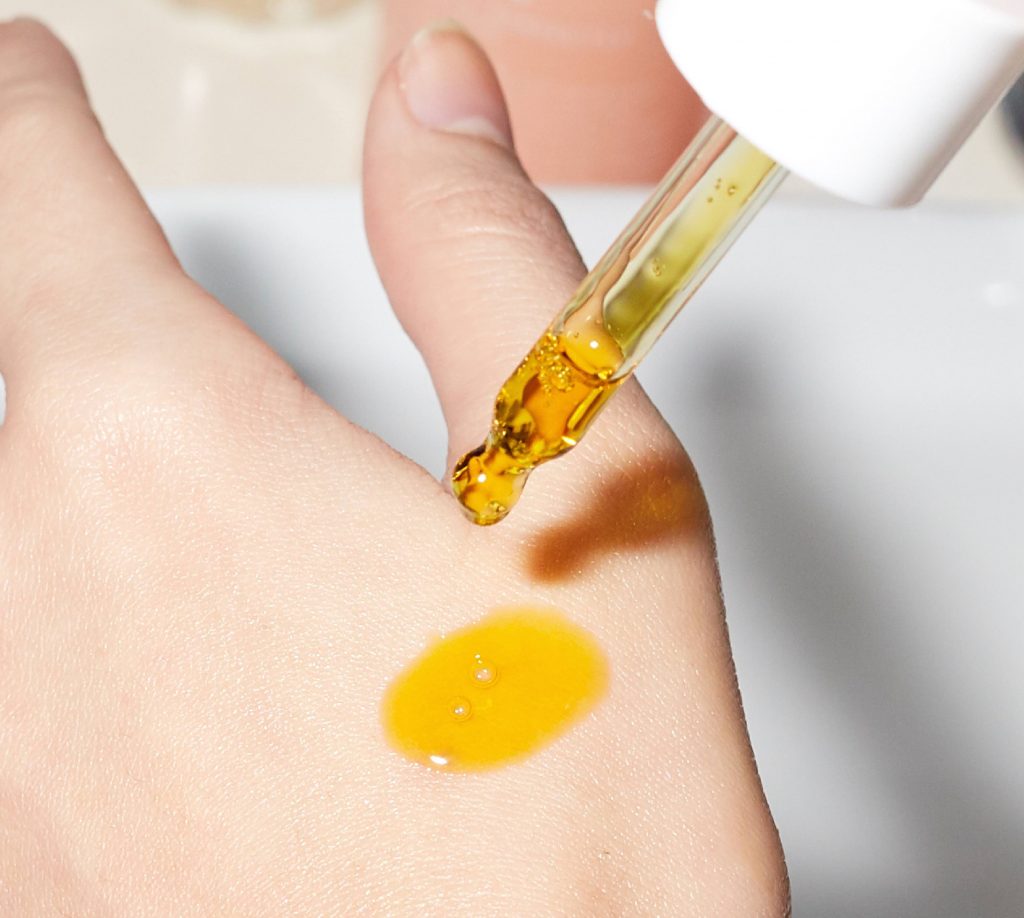
Elaborate on your decision to avoid retail to start.
We had a lot of [retail] interest very early on, but we just weren’t ready and we didn’t need to, if I’m completely honest. I’m very happy in digital after being there for 10 years by the time we launched, and I knew girls that had read my stuff and followed me were very happy in that world. So, even though Australia was a bit behind the states in terms of online buying, I knew what [retailers were] like. We’ll be this tiny brand, this indie brand on a shelf with really established brands, and we’ll get forgotten.
One of my big things is we make fun where there isn’t fun like on the barcodes of the products or, for when you’re cleansing your face, I’ll put little jokes into every bit of copy. So, for every little interaction with our customer from the purchasing to the follow-up email to shipping to what’s written on the side, everything had to be fun. That was a delightful experience for the consumer, and it was delightful for me. We were having so much fun with that for so many years that the idea of handing that over to a retailer didn’t make any sense to me. I’m a control freak, but, more than that, we would lose that beautiful bond when we don’t have that interaction with the consumer the whole way anymore. Our brand is so closely tied to identity and that sense of fun and chattiness, why would I give that to someone else to look after?
Your brand has entered stores, though. It entered Sephora in July of last year and is entering Mecca in April despite Mecca commanding high margins.
That was probably the reason not to go into retail for a while. We have a really deep loyalty factor with our customers, but we keep talking to the same customers and, eventually, we need to broaden our horizons. So, I’m going in there, not because it’s going to be a huge money-making exercise, but to introduce the brand to people who might not have heard about it otherwise because the digital world is not for everybody. Even my closest friends are suddenly coming out of the closet and going, “Oh thank God! I love your brand but, if I could just go to the shop and pick it up, that’s much better.” There’s a customer who prefers to touch and feel. It’s our fifth birthday, and I think it’s time.
We’re online and in all stores in Sephora. We are a tiny indie still, but we came at a good time with clean beauty big and Aussie beauty big. We were peach before that was popular. So, we have a few handy things. Ultimately, the quality of our products and our engagement with our customers, who are deeply loyal, will hopefully hold us in good stead for longer than a flash-in-the-pan Instagram brand.
There’s a lot of pressure to pump out releases. What’s Go-To’s approach to newness?
There is pressure, particularly now that we are going into retail, but we make natural products that are very disobedient, and I’m a very fastidious founder. I got to 130 versions of our SPF, and it’s not uncommon for me to get to 40, 50 versions before I sign off. I’m asking women to give me money to put something on their face, and I don’t take that lightly. They have trust in me. This is my brand, my reputation at stake.
We’ve got like seven products in NPD [new product development] at the moment. We’re not doing products because everyone else is doing them, and our shit can come behind everyone else’s because it has to be perfect. We might have to [address a] stability issue because we don’t use those lovely synthetic stabilizers. We might have to [address] a fragrance issue because we use essential oils. I rather have integrity and take time to do it right.
That means your brand isn’t jumping into CBD, right?
The only product that it would come into play in is the cleansing oil we are working on. I talked to my chemist about it and he said, “It’s not going to add any benefit.” It would be marketing. If I’m going to do an ingredient for marketing, I am going to use a high-strength Australian botanical. It’s much truer to who we are than CBD and, by the time we put out a product with CBD in it, CBD might be over. Keeping up with what’s going on in beauty today is a really dangerous game to play because there are companies with huge amounts of investment and infrastructure that can release every quarter. We can’t and we won’t because it is dangerous, and it’s not who we are. It’s not a long-term game.
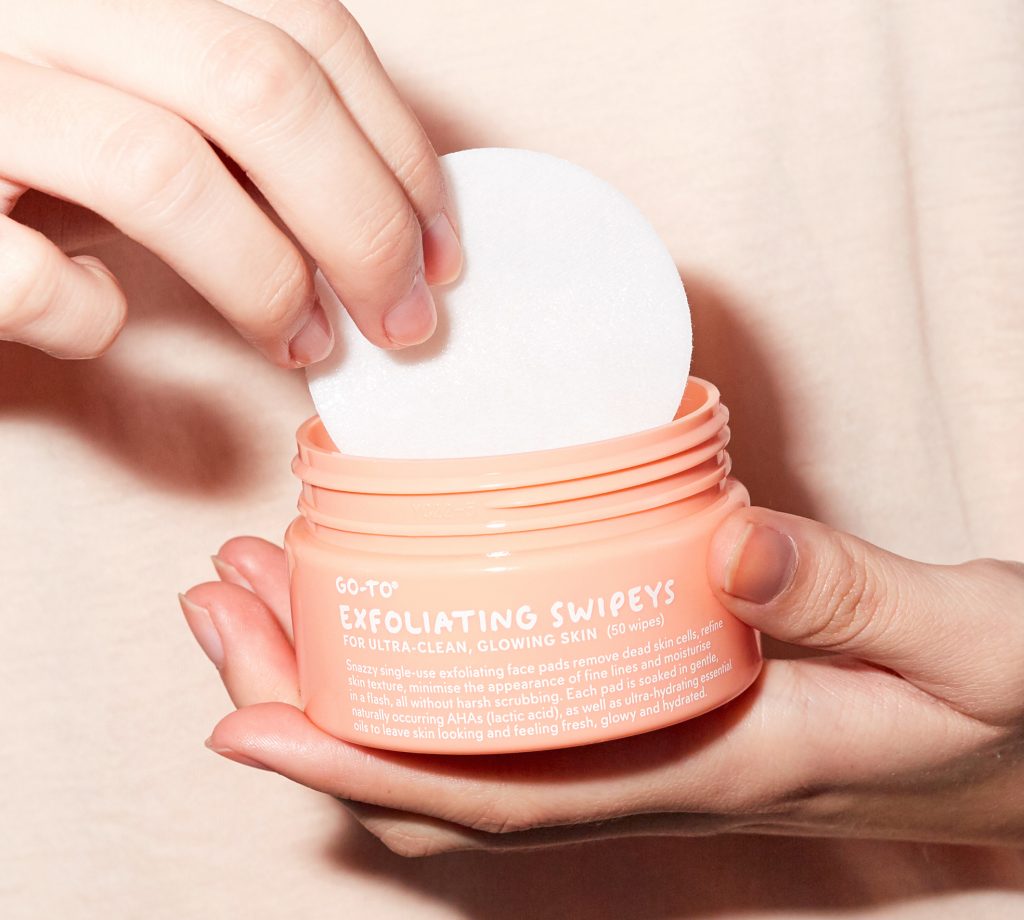
You encountered controversy over Go-To introducing tinted moisturizer in one shade. Did that catch you off guard?
It did catch me off guard. It’s not anything that we picked up throughout the whole process. This is a big team, 40 people going through this, and none of us picked up that we could have been tone deaf, but we understand and we corrected. We’ve changed the name to be more accurate about what it is, which is a light glow. We are a company that really values inclusivity. I think it was a bit sad for us because we deliberately tested it on a range of skin tones and, even in our campaign, we had a redhead, a blonde girl and two darker-skin, brown-tone girls to make sure that everyone knew that they could use this. And we asked everyone who tried it, “Are you really going to use this?”
So, it did absolutely catch us off guard, but we are able to respond quickly and act accordingly. But, also, we are not a makeup brand. I think, if we were to go into a true tinted moisturizer, then you can’t just do three shades anymore, and we’re not big enough to be able to do 20 shades. So, we either just keep it as a glow, highlight product or we dismiss it altogether.
Did the experience change your procedures?
Absolutely, but I think it was also a good lesson for us to just stick to skincare because you’re dealing with skin types—oily and dry, combination—you’re not dealing with skin tone, and that’s not a world that we feel confident in, and it’s one that I think makeup brands do better, and that’s what they’re meant to do. We’re about skin. We look after your hydration levels. We’re not trying to conceal or provide coverage. That was never the intent. If it was a coverage product, then you have to do a broad range of shades.
What does the term clean beauty mean to you?
Sephora really labeled it for us because we, as a brand, struggled with how to define what we do. Internally, we say skincare that won’t piss your skin off. It calms your skin down if it’s irritated, dry or flaky. We have a big range of women with rosacea, acne, eczema and other skin complaints that turn to us to help them. So, we felt safe in our sensitive skin promise, but clean I think is a way for people to easily label a product that won’t have too many synthetics and known irritants.
Beauty brands have expressed concern about how much pay influencers command. What are your thoughts?
As a brand and a person who prides herself on transparency, I think it can only be better with more transparency and procedure. In Australia, we don’t pay influencers. But, if we did, we’d make it really clear. I think you’re getting into really murky waters when people with a lot of status and a lot of power over young women’s wallets are not being true that they got paid to say something.
This might just be sheer hubris, but I feel like our products are good enough that we like to gift them to people with no kickbacks. You don’t have to talk about it, just please use the product and, if you enjoy it, I think you’ll talk about it. As a beauty editor, we would be sent products to try with no promise or obligation of coverage. If you liked it, you talked about it. If you didn’t, you wouldn’t.
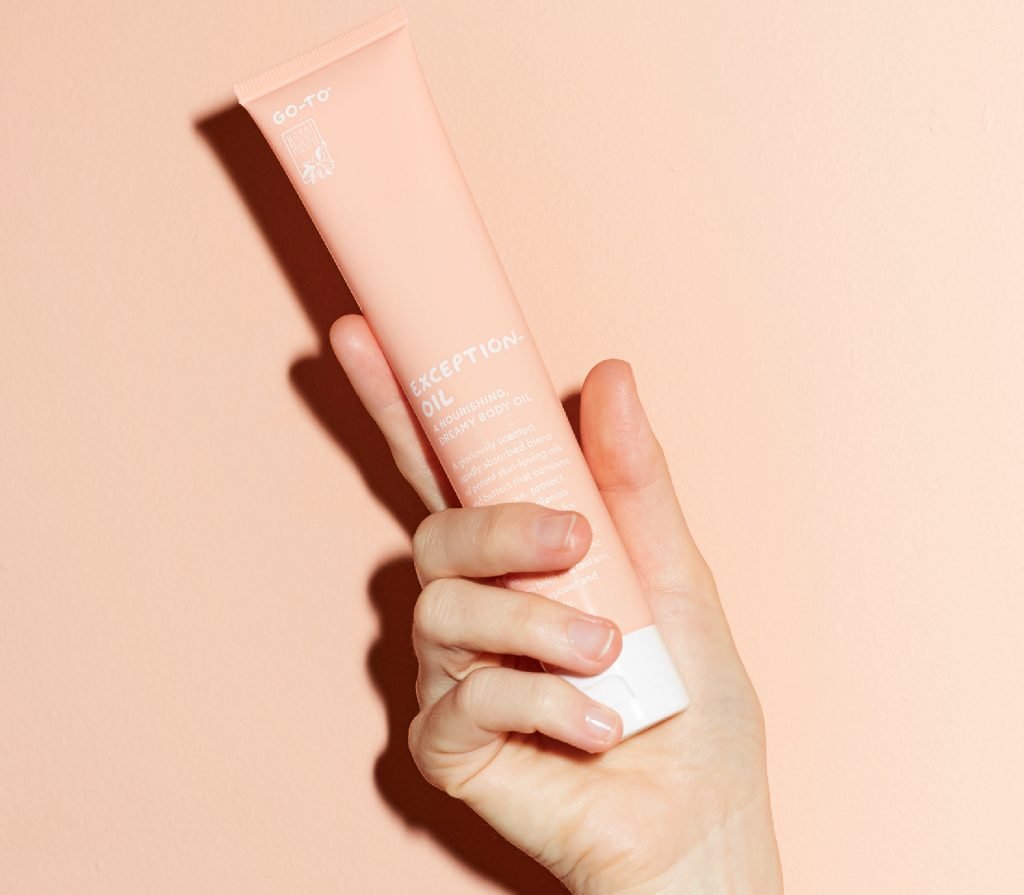
Would you be interested in Go-To branded retail?
I have a philosophy of, unless you can be amazing and do it really well, then don’t. In Australia, we do events and installations. We have opportunities like Mecca’s big beauty expo where we can do an incredible stand and have a peach truck that we take around. So, you can go into a situation where there’s beauty buyers. The idea of an empty shop, I’m not interested in that.
How did you land on Go-To’s product prices of $12 to $35?
You have to command some sort of respect from the consumer. If it’s too cheap, they don’t value it, and we are using really high-quality ingredients that are expensive for us. But, ultimately, it has to be accessible enough so that you go, “I’m investing in my skin, but I’m also not gasping when I’m purchasing a cleanser.” A cleanser is something you’re going to use twice a day, and it can’t be too expensive. I don’t want there to be this barrier of it being too exclusive, and customers think, “I don’t get to play in this brand and have good skin just because I can’t afford it as a uni student.” I have a lot of uni students in my following, and I want them to learn good skin habits. So, it was deliberately priced to be accessible, but also not too cheap. There are supermarket and drugstore brands that do great stuff, but I would say our quality and our workmanship is higher than that.
Are there any surprises about the way certain products are selling?
When we launched the original Zincredible, we couldn’t get the tinted to market in time to launch them together, which was a real pest, but it’s natural product and there’s SPF testing. Now, the tinted outsells the original two to one. That was something we didn’t foresee and that quickly forces a ripple-down [impact] on manufacturing, and we are nimble enough that we can cater to that.
It goes back to me making products that I believe are genuinely useful and that I believe are part of even a very lo-fi women’s daily routine. I find that, if I ever make a product that wavers from that—like if we made a hand cream or tinted lip balm—that doesn’t go as well.
Was there a campaign leading up to a product launch that was particularly successful for you?
We worked on the SPF for four years before it came out last year. It’s been the hardest professional challenge in my life. Traditionally, a week out [from a launch], we go, “Oh, something new is coming.” For this one, I showed sample bottles and, just before we launched, I published a bunch of emails from 2014 right through. I wanted people to have a sense of, when they get something shiny and new that seems like it came out of nowhere, what goes on behind it in a company that is trying to make good products that people can trust. That went really well. We also sent out samples to press to go, “It’s coming, and I would l really love your opinion.” Then, when they got their actual press kit, they’re like, “Guys, I’ve been secretly using it for a month, and I love it.” I’m never going to say we are a customer-led company. We’re a founder-led company at this point, but having our top buyers and our top media have the product and use the product before it came out was really useful because we got feedback.
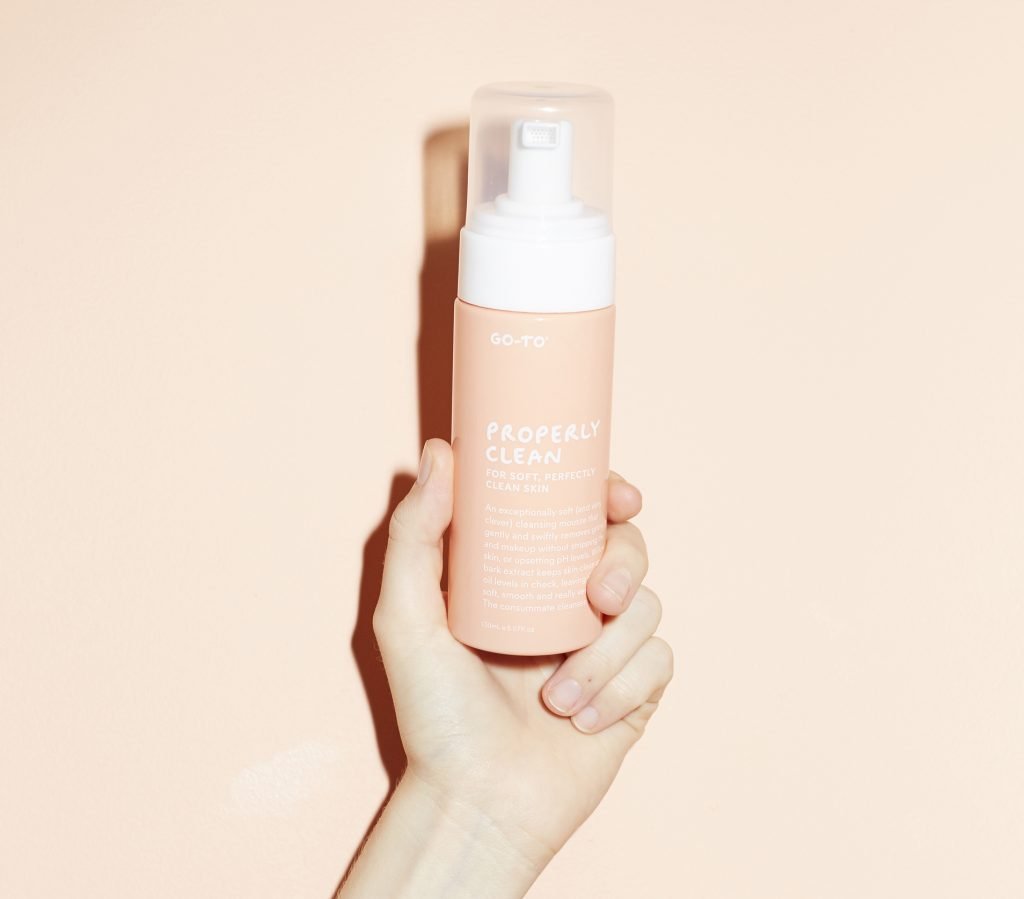
Sustainability is a big movement in beauty and beyond. What’s your take on it?
We have a huge focus on sustainability within our company. There’s a responsibility I feel as someone who puts a lot of plastic into the world. We are carbon-offset, and we don’t put any bubble wrap in our packaging. We are looking to ocean-waste plastic packaging where we can. When I say we are not a consumer-led company, I’m referring to product development, but, in terms of sustainability and being a responsible person in the world and doing the right thing, we’re listening. It doesn’t need to be something we yell about, but I want to make sure we are doing the right thing. I think that’s a given now. People will have to have a sustainability angle. We’re not doing for an angle. I personally feel responsible more than I ever have.
You just had a meeting with Sephora that many brand founders would kill for. What did you wear?
We have been in store for more than six months now. I was in America launching it, but I didn’t actually meet with any of the team. My husband reminded me, “What you are doing today is a dream for a lot of girls.” It’s a dream to be able to take your brand to Sephora and [talk about it] with a huge table of people at their headquarters that are very good at their jobs. My general rule is to wear color. If somebody comments on my outfit, it’s usually because I look like Birds of Paradise. I just can’t dress like a business woman, and I don’t think it fits the brand. I wanted to be reflective of who I was and have a sense of the brand’s fun. Don’t dress for them. They don’t want to have a person that looks like them in their corporate headquarters. Be your brand, be you.
How do you balance your professional and personal life?
I have a nanny three days a week, and they’re my work days. Then, the other four are with my kids. If my daughter goes down for her big nap or, if my son is at kinder that day or he’s reading or playing with Legos, then I can smash out some emails. I’m very clear about setting boundaries, and I have a constant out-of-office on my email. I’m not going to write back right away. There are other people that you can get in touch with. It was just taking up so much of my time.
I finished my last book and I’m off contract, and I’m now looking forward to writing fiction again. To me, that is like having a secret boyfriend or a guilty indulgence. If I get time to do that, it’s very rare. At this point, with Go-To, we’re in full birth mode, and it needs me, but my team understands that I’m a mum, and I’ll get back to the email. It might just not be until 11 when the kids are sleeping.
Go-To’s sales have grown at a year-over-year rate of 55%. As it continues to grow, what do you think it will look like in a few years?
I’m a terrible planner. I really believe in making today count. When I try and make plans, shit happens. The universe jumps in. I can’t predict the future, so I’m not going to pretend to. I always believe in strong views loosely held. We know what we are as a company, and I believe in who we are and what we stand for. We get offers to go into airlines and hotels. For the amount of effort that it’s going to take, I ask, “Is this the right thing to do right now?” We take it case by case, but I really believe in doing good work today. I’m going to make my cleansing oil the best cleansing oil I can and, then, I’m going to go on to the next project.
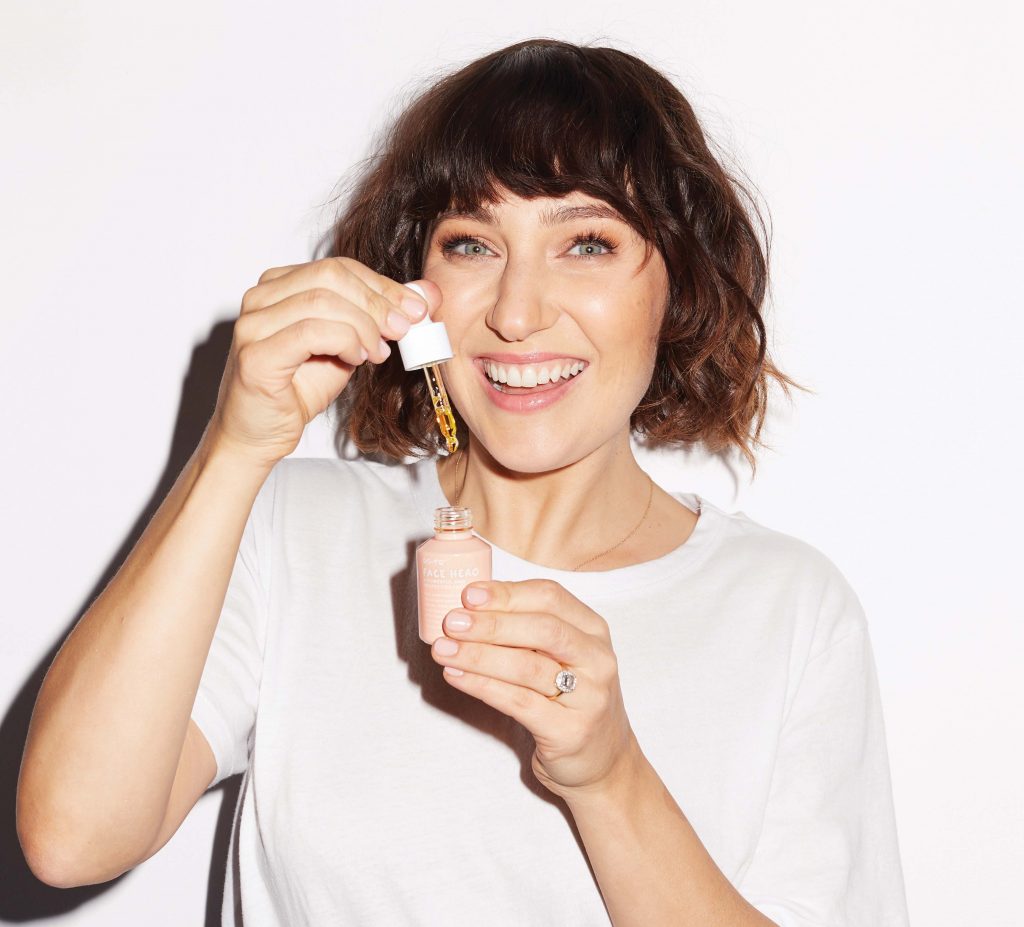

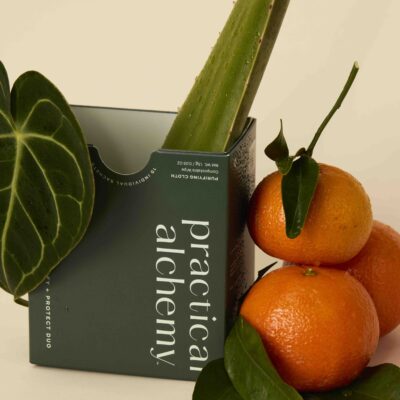

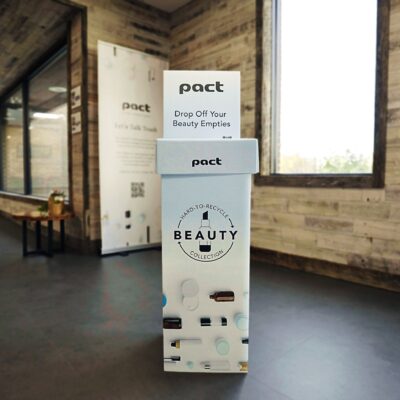

Leave a Reply
You must be logged in to post a comment.